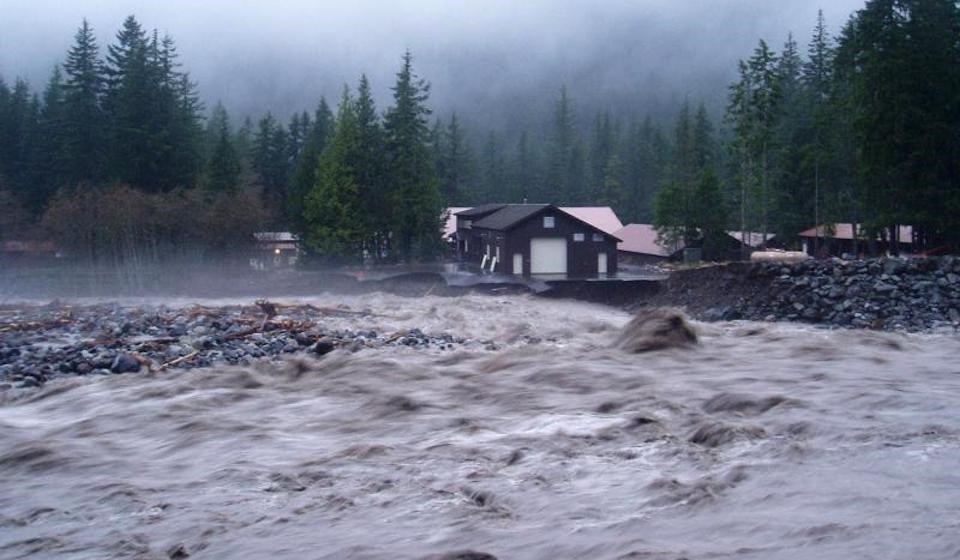Google has entered into a partnership with the Central Water Commission of India to provide “flood alerts” in various parts of the country using Machine Learning Techniques. The flood alerts are to be provided in simple text format by scaling up it’s learning from a pilot project in Patna. The date regarding the river water levels will be provided by the Union Ministry of Water Resources to Google for preparing public alerts.
In September, Google sent the flood-warning alerts as part of the pilot project in eastern India, just one month after devastating Kerala floods. Since India contributes to 20% death globally due to floods, hence the tech giant has decided to scale up it’s learning to cover more parts of the country ahead of the monsoon season. Google released a map via the pilot project which marked the areas as “High risk”, “Medium risk” and “low risk” using operational hydro-dynamic model.
Since Patna has a large population and it suffers far more frequent riverine flooding than other parts of the country. Hence, it was chosen as the place for the pilot project. “After we sent out the alerts, this allowed us to look into how people experience and interact with the alerts we send. We’ve realized that many people prefer text that describes the same information our maps show,” Sella Nevo from Google’s Research and Machine Intelligence team said. “This allowed us to be relatively confident that our pilot will also be informative as we prepare to scale our efforts up… Our alerts, though limited in scope for our first pilot, achieved results we’re happy with,” Nevo said.
The government said that the collaboration with Google would help significantly to reduce the fatalities and destruction due to flood. “The initiative (with Google) could assist crisis management agencies to deal with extreme hydrological events in a better manner,” the official said. Google says its ML-based modeling provides a wide range of improvements over the traditional physics-based models. ML is primed to be advantageous in this scenario, with some models often exceeding human experts in complex high-dimensional scenarios, and the framework of transfer or multitask learning is an appealing solution for leveraging local signals to achieve improved global performance.”






Be First to Comment